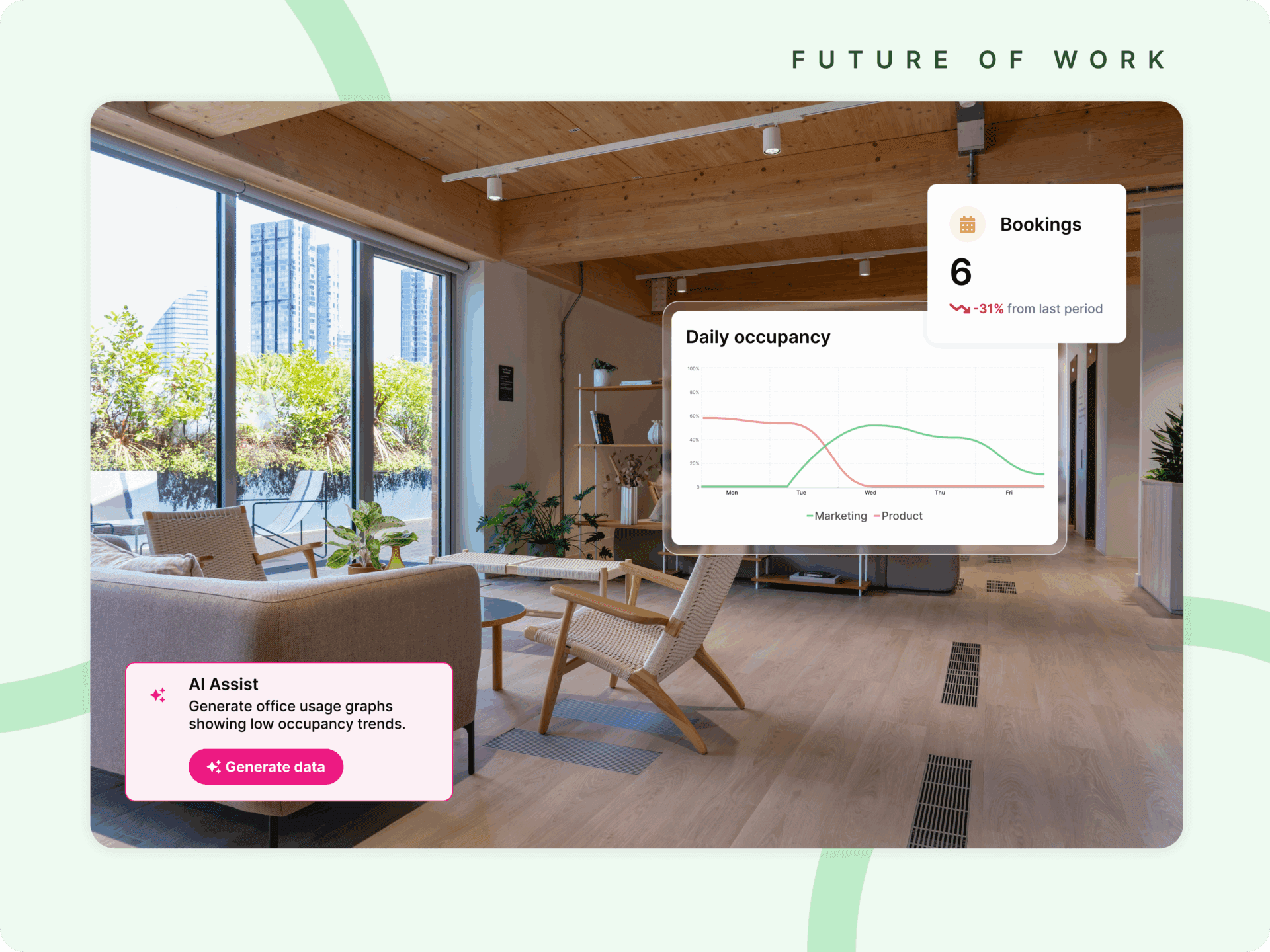Amazon recently announced a decision to bring employees back to the office five days a week starting in January 2025. This decision counters many current trends and data on hybrid work. Studies consistently show that a balanced model—such as three days in the office and two days remote—can decrease quit rates, improve employee satisfaction, and maintain productivity levels.
So, why is Amazon deviating from the norm? More importantly, what opportunities exist for them to embrace hybrid work effectively? We spoke with Stanford economist and hybrid work expert, Nick Bloom, to explore why Amazon might be making this move.
Why Amazon’s Five-Day Office Mandate Is A Risky Move
Amazon’s decision raises several concerns, especially considering the scale and complexity of its workforce. With approximately 1.5 million employees worldwide, many are in non-office roles such as warehouses or delivery trucks. The push for a uniform five-day office policy seems particularly challenging and introduces several risks:
- Employee Attrition: Research shows that forcing employees to return to the office five days a week could result in higher quit rates. In a recent study conducted by Nick Bloom, reducing office time from five to three days led to a one-third decrease in quit rates. Amazon’s strict mandate may see a surge in resignations as employees explore other opportunities with more flexible options. Headhunters are likely already fielding resumes from Amazon employees who prefer hybrid work arrangements.
- Recruitment Challenges: To stay competitive, Amazon must continue attracting top talent. However, many job seekers now prioritize flexible work options. According to Gallup’s research, 59% of employees would choose an employer that offers flexible work options. Amazon risks losing its appeal to highly skilled professionals who may opt for companies that support hybrid or remote work.
- Impact on Middle Managers and Seasoned Professionals: Middle managers and seasoned professionals, particularly those in their 30s and 40s, are likely to be the most affected by this policy shift. These are individuals balancing career and family responsibilities, and forcing them into a rigid office schedule could lead to dissatisfaction and drive key talent away from Amazon.
Opportunities For Amazon To Make Hybrid Work
While Amazon has opted for a full return to the office, they still have the opportunity to reimagine their approach to hybrid work. Here’s how:
- Leverage Data for a Tailored Approach: Amazon is known for its data-driven culture. This could be an opportunity to analyze employee productivity, engagement, and satisfaction across different work arrangements. By identifying which teams or roles benefit most from in-office presence, Amazon can create a more targeted policy that aligns with its business goals while accommodating employee preferences.
- Reduce Real Estate Costs: Frugality is one of Amazon’s core principles, and office real estate is a significant expense for any company. Embracing a hybrid model could allow Amazon to reduce its office footprint, as other major corporations have successfully done—some cutting real estate costs by 80% or more. This approach would align with the company’s frugal ethos while still supporting employee needs.
- Enhance Employee Satisfaction and Retention: Offering hybrid work has been shown to improve job satisfaction by giving employees more flexibility and a better work-life balance. Amazon can build a more engaged and supportive work environment by allowing for remote work options while still encouraging in-person collaboration.
How Kadence Can Help Amazon Embrace Hybrid Work
If Amazon reconsiders and opts for a hybrid model, Kadence could play a crucial role in making that transition smooth and efficient. Here’s how Kadence can support Amazon:
- Optimize Office Space Utilization: Kadence provides smart solutions for managing office space effectively. By analyzing when and where employees prefer to work, Amazon can ensure that its office spaces are used optimally. This would allow the company to downsize its office footprint, reduce costs, and align with its frugality principle while maintaining a positive employee experience.
- Enhance Collaboration and Coordination: One of the biggest challenges of hybrid work is maintaining effective collaboration. Kadence’s platform allows Amazon to create a flexible yet structured framework where employees can schedule in-office days for key meetings and collaborative work, while still working remotely for focus-driven tasks. This flexibility would foster productivity while preserving the social and creative benefits of in-person interactions.
- Data-Driven Decisions: Kadence offers robust analytics tools to help companies make data-driven decisions about their hybrid work policies. Amazon, a company that thrives on data, can use these insights to continually refine its hybrid model, ensuring it remains competitive in attracting and retaining top talent.
- Support Employee Well-being and Satisfaction: Kadence’s platform allows employees to have a say in when and where they work, boosting their sense of control and satisfaction. By using Kadence, Amazon could cultivate a workplace culture that prioritizes employee well-being, leading to higher engagement levels and reduced turnover.
Moving Forward: Hybrid Is The Future
Mandating a five-day return to the office could be a costly move for Amazon. The data is clear—employees value flexibility, and companies that successfully adopt hybrid work models will attract and retain the best talent. Amazon has a unique opportunity to reconsider its approach and become a leader in hybrid work, aligning with its core values while enhancing employee satisfaction and business performance.
By leveraging tools like Kadence, Amazon can manage this transition smoothly. Kadence’s platform will help optimize office usage, enhance collaboration, and empower Amazon to make informed, data-driven decisions that align with both employee preferences and business objectives. As a company known for its innovation and customer obsession, Amazon has all the ingredients to make hybrid work a strategic advantage.
It’s time for Amazon to turn the page and embrace the future of work—where flexibility, employee satisfaction, and business performance intersect to drive sustainable success.




